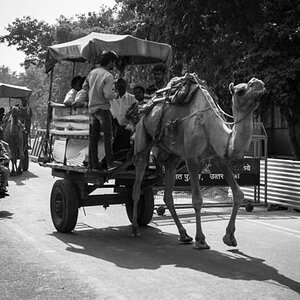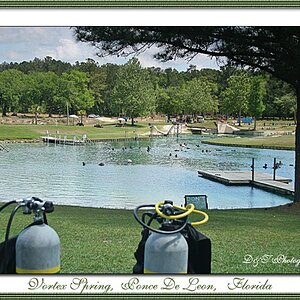Riggaberto
TPF Noob!
- Joined
- Mar 1, 2007
- Messages
- 187
- Reaction score
- 0
- Location
- University of Washington
- Can others edit my Photos
- Photos OK to edit
The farthest my camera goes before bulb is 30 seconds, so I was wondering how one meters such situations? I assume you have to get a light meter, and I have one, but it's really old and it doesn't go past 4 seconds.
So can someone show me an example of the right light meter to get, or tell me a trick to use my in camera meter to figure out how long I have to expose a scene with bulb?
Thanks!
So can someone show me an example of the right light meter to get, or tell me a trick to use my in camera meter to figure out how long I have to expose a scene with bulb?
Thanks!


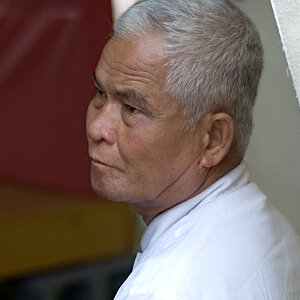
![[No title]](/data/xfmg/thumbnail/33/33450-b94d8a06a911e01c39df688c57b4745e.jpg?1619735974)
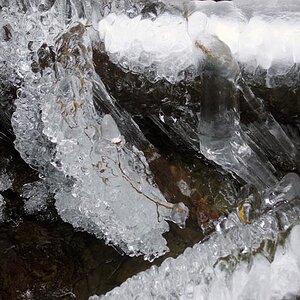
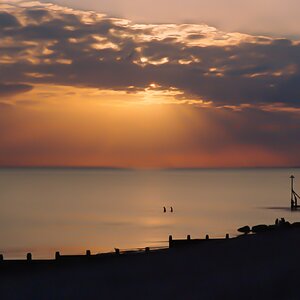
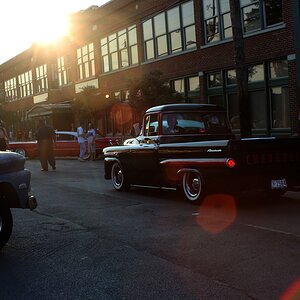
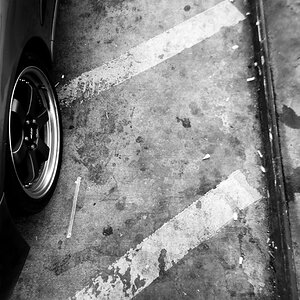

![[No title]](/data/xfmg/thumbnail/37/37492-bafc92488a1ab17e4ca6603ee5b38376.jpg?1619738112)


